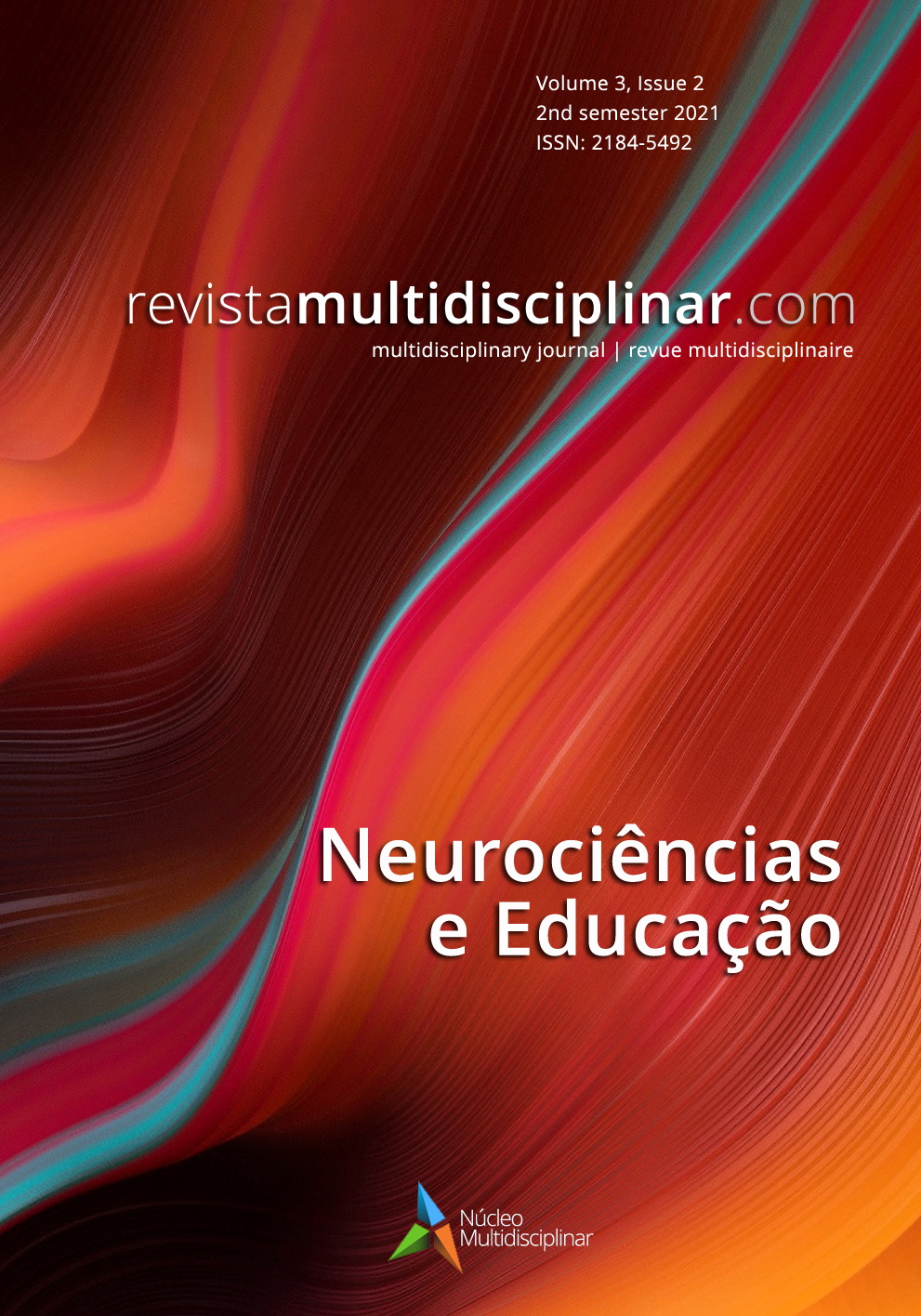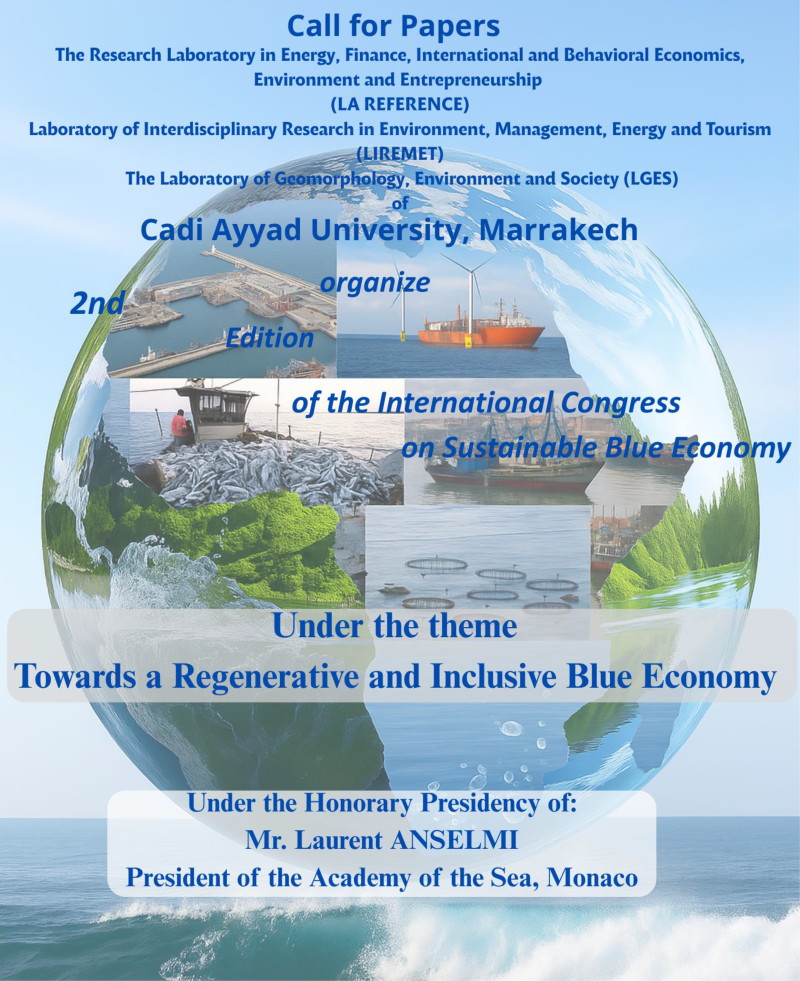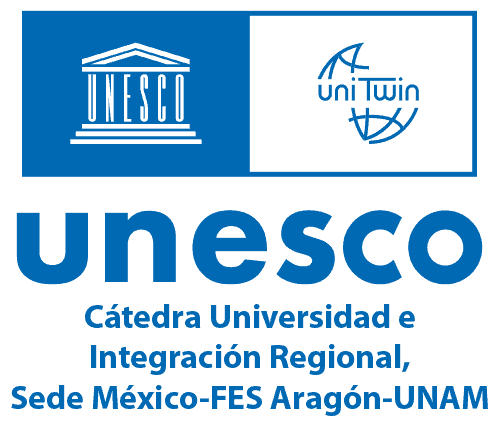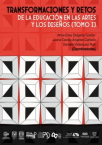Neuroeducation: building bridges between neuroscience and science learning
DOI:
https://doi.org/10.23882/NE2142Keywords:
alternative conceptions, conceptual change, inhibition, spaced learningAbstract
The synergy between education and neuroscience, also called neuroeducation, cannot be achieved without obstacles and barriers, which arise from the ambition to articulate two languages, two theoretical fields and two effectively different research areas. Several studies have been carried out, however, the number of researches that specifically concern the brain mechanisms linked to science learning is still small.
In this work, some of these investigations are reviewed, particularly, the determination of the role of inhibition in learning and in the conceptual changes, as well as the implementation of spaced learning.
From the analysis of these studies, we can collect some clues about the most appropriate strategies to achieve effective and lasting learning, namely the stimulation of processes of cognitive competition between scientifically correct and incorrect concepts, alongside memorization, which seems to constitute itself as a necessary phase to promote conceptual change.
However, it is essential to keep in mind that there are no magic formulas, and that when the subject is learning, individuality and the multiple dimensions of the contexts in which students are inserted cannot be neglected.
References
Bear, M. F., Connors, B. W., & Paradiso, M. A. (2007). Neuroscience: exploring the brain (3 ed.). Lippincott Williams & Wilkins.
Cepeda, N. J., Pashler, H., Vul, E., Wixted, J. T., & Rohrer, D. (2006). Distributed practice in verbal recall tasks: A review and quantitative synthesis. Psychol Bull, 132(3), 354-380. https://doi.org/10.1037/0033-2909.132.3.354
Çepni, S., & Keleş, E. (2006). Turkish students' conceptions about the simple electric circuits. International Journal of Science and Mathematics Education, 4(2), 269-291. https://doi.org/10.1007/s10763-005-9001-z
Driver, R., Guesne, E., & Tiberghien, A. (2002). Children’s ideas in science. Open University Press.
Dunbar, K., Fugelsang, J. A., & Stein, C. (2007). Do naïve theories ever go away? Using brain and behavior to understand changes in concepts. In M. C. Lovett & P. Shah (Eds.), Carnegie Mellon symposia on cognition. Thinking with data (pp. 193-205). Lawrence Erlbaum Associates Publishers.
Ebbinghaus, H. (2013). Memory: a contribution to experimental psychology. Annals of Neurosciences, 20(4), 155-156. https://doi.org/10.5214/ans.0972.7531.200408
Fields, R. (2005). Making memories stick. Scientific American, 292, 75-81. https://doi.org/10.1038/scientificamerican0205-74
Gunstone, R., & Watts, M. (1985). Force and Motion. In R. Driver, E. Guesne, & A. Tiberghien (Eds.), Children's Ideas in Science. McGraw-Hill Education.
Hairan, A. M., Abdullah, N., & Husin, A. H. (2019). Conceptual understanding of newtonian mechanics among afghan students. European Journal of Physics Education, 10(1), 1-1-12. https://eric.ed.gov/contentdelivery/servlet/ERICServlet?accno=EJ1231109
Kelley, P. (2008). Making minds: what's wrong with education, and what should we do about It? Routledge.
Kramár, E. A., Babayan, A. H., Gavin, C. F., Cox, C. D., Jafari, M., Gall, C. M., Rumbaugh, G., & Lynch, G. (2012). Synaptic evidence for the efficacy of spaced learning. Proceedings of the National Academy of Sciences of the United States of America, 109(13), 5121-5126. https://doi.org/10.1073/pnas.1120700109
Masson, S., & Foisy, L.-M. B. (2012a). Faut-il apprendre à inhiber ses préconceptions pour apprendre la physique mécanique? Spectre, 42(1), 18-21.
Masson, S., & Foisy, L.-M. B. (2012b). Les conceptions erronées des élèves en électricité ne disparaissent peut-être jamais de leur cerveau. Spectre, 42(1), 15-17.
Nenciovici, L., Brault Foisy, L.-M., Allaire-Duquette, G., Potvin, P., Riopel, M., & Masson, S. (2018). Neural correlates associated with novices correcting errors in electricity and mechanics. Mind, Brain, and Education, 12(3), 120-139. https://doi.org/10.1111/mbe.12183
O'Hare, L., Stark, P., McGuinness, C., Biggart, A., & Thurston, A. (2017). Spaced learning: The design, feasibility and optimisation of SMART spaces [Evaluation report and executive summary]. https://eric.ed.gov/contentdelivery/servlet/ERICServlet?accno=ED581430
Pinto, A. (2001). Memória, cognição e educação: implicações mútuas. In Educação, cognição e desenvolvimento: textos de psicologia educacional para a formação de professores (pp. 17-54).
Sousa, D. A. (2016). How the brain learns. Corwin Press.
Vasconcelos, C. M. d. S. d., & Praia, J. J. F. M. (2005). Estratégias de aprendizagem e o sucesso educativo em ciências naturais Revista Linhas, 6(1). http://www.periodicos.udesc.br/index.php/linhas/article/view/1245/1057
Wenning, C. J. (2008). Dealing more effectively with alternative conceptions in science. Journal of Physics Teacher Education Online, 5, 11-19.
Downloads
Published
How to Cite
Issue
Section
License
Copyright (c) 2021 Paula Cristina Pereira Costa, Luís Calafate

This work is licensed under a Creative Commons Attribution-NonCommercial 4.0 International License.









